The radiator in your car plays a crucial role in keeping the engine cool and ensuring your vehicle runs smoothly. Over time, however, it may start to fail, and knowing how to tell if a car radiator needs replacing is vital for maintaining your car’s health. In this guide, we’ll walk you through the signs and symptoms of radiator failure and how to recognize when it’s time for a replacement.
Table of Contents
Why Is It Important to Know How to Tell if a Car Radiator Needs Replacing?
Before diving into the specific signs of a bad radiator, it’s important to understand why knowing how to tell if a car radiator needs replacing is essential. A failing radiator can cause your engine to overheat, which could lead to costly repairs or even engine failure if left unchecked. Understanding the warning signs will help you take action before your car’s engine is compromised.
Common Signs to Look for: How to Tell if a Car Radiator Needs Replacing
- Overheating Engine
One of the most obvious signs that your radiator might be failing is an overheating engine. If you notice the temperature gauge on your dashboard consistently pointing to the red zone or hear the engine’s cooling fan running constantly, it could be a sign that the radiator isn’t doing its job properly. This is a clear indicator of how to tell if a car radiator needs replacing.
- Coolant Leaks
Another common sign of radiator issues is coolant leakage. If you find puddles of coolant beneath your car, this might indicate a leak in the radiator. Coolant is essential for regulating the engine’s temperature, and a leak means your car is losing coolant, which could lead to engine damage. If you notice coolant leaking from the radiator, it’s crucial to know how to tell if a car radiator needs replacing. A damaged radiator might not be able to hold coolant properly, requiring replacement.
- Low Coolant Levels
If your car’s coolant levels are consistently low, even after topping them off, it’s a sign that there may be an issue with the radiator. A malfunctioning radiator can prevent coolant from circulating properly, leading to a gradual decrease in coolant levels. If this happens frequently, knowing how to tell if a car radiator needs replacing becomes crucial for preventing further damage to the engine.
- Discolored or Dirty Coolant
The color and consistency of the coolant in your car can also give you clues about the state of your radiator. Healthy coolant is typically bright green or orange, depending on the type used. If the coolant appears rusty, dirty, or contaminated, it could be a sign that your radiator is deteriorating. This can be a helpful way to tell if a car radiator needs replacing before the problem becomes severe.
- Corrosion on the Radiator
Corrosion or rust on the radiator itself is another indication that it might need to be replaced. Radiators are made of metal, and over time, they can corrode, especially if exposed to moisture. If you notice visible signs of rust or corrosion on the radiator, it’s a good indication that the radiator may not be functioning as it should. This is one of the ways to tell if a car radiator needs replacing before it fails completely.
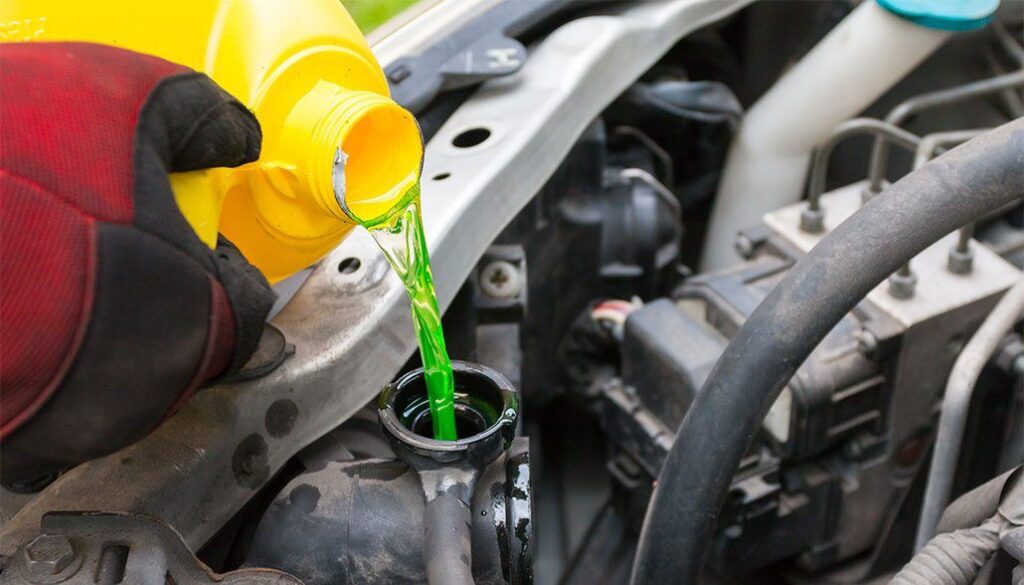
How to Tell if a Car Radiator Needs Replacing: The Importance of Regular Inspections
To avoid expensive repairs and breakdowns, it’s important to regularly inspect your radiator and coolant system. Knowing how to tell if a car radiator needs replacing early can save you from significant engine damage. Here’s what you can do:
- Check the coolant levels regularly to ensure they are within the recommended range.
- Inspect the radiator for leaks and signs of corrosion or damage.
- Monitor your engine’s temperature to spot any unusual fluctuations.
By staying on top of these checks, you’ll have a better idea of when it’s time to replace your radiator.
When Should You Replace Your Radiator?
If you notice any of the signs mentioned above, it’s essential to act quickly. Knowing how to tell if a car radiator needs replacing is just the first step—if you confirm that your radiator is beyond repair, it’s time to replace it. Ignoring radiator issues can lead to more severe engine problems that will be much costlier to fix in the long run.
Conclusion: Don’t Ignore the Signs of a Failing Radiator
Knowing how to tell if a car radiator needs replacing is key to ensuring the longevity of your vehicle and preventing costly engine repairs. If you notice overheating, leaks, or discolored coolant, it’s time to inspect the radiator for damage. Regular maintenance and early detection of radiator issues can save you time, money, and hassle down the road. Keep an eye on your radiator’s health, and you’ll be better prepared to keep your car running smoothly for years to come.
Related Post:
f you’re concerned about your car’s radiator, it’s also important to know how to manage coolant levels. Check out our related post on Can You Put Water in a Car Radiator? to learn more about maintaining your radiator and keeping your engine cool.

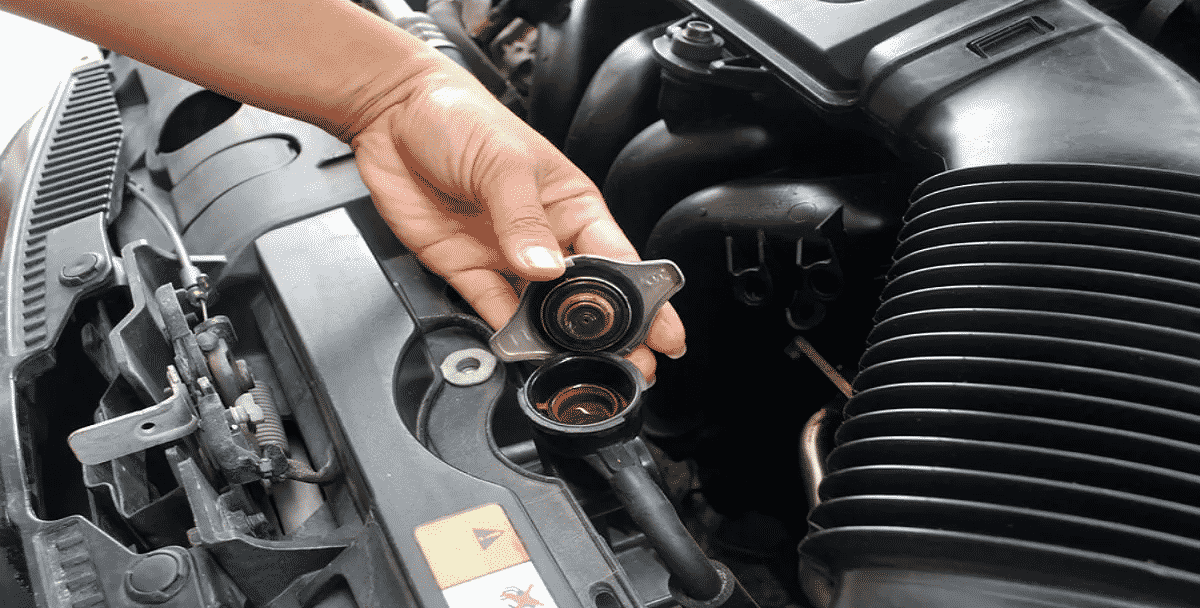
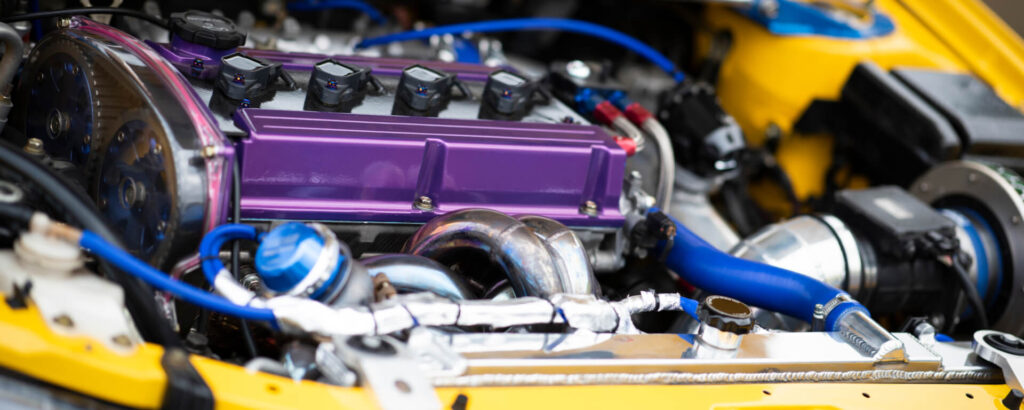
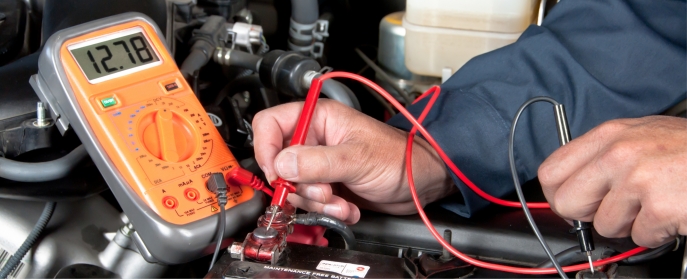
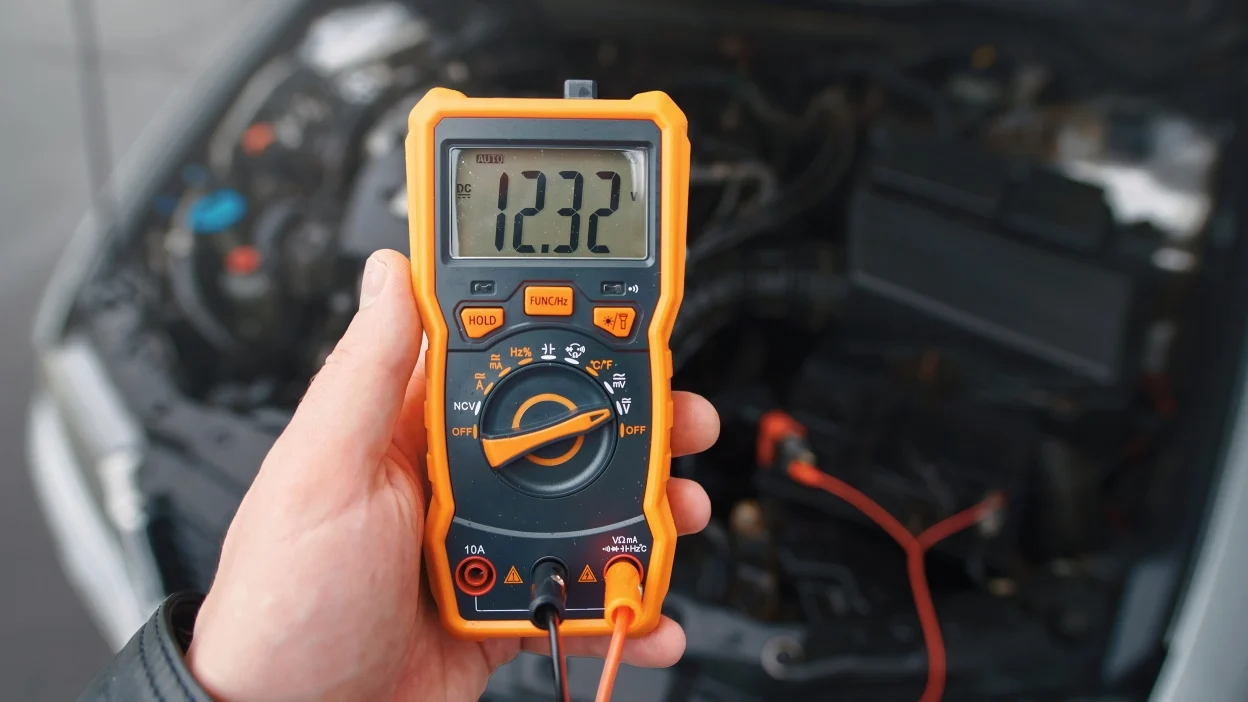
Leave a Reply